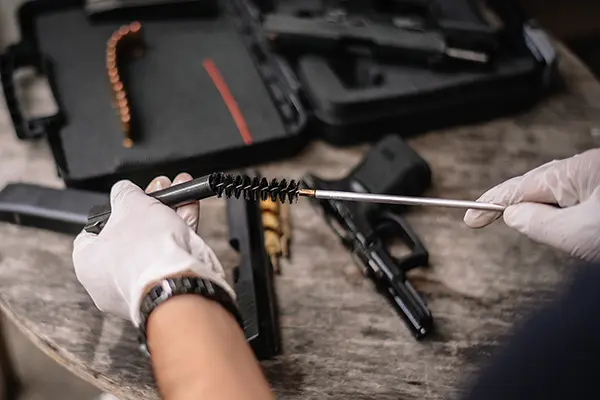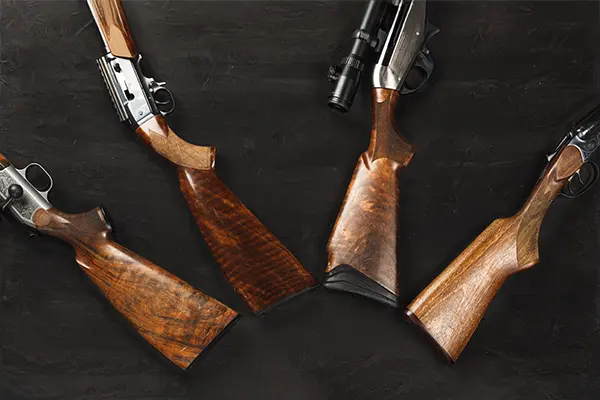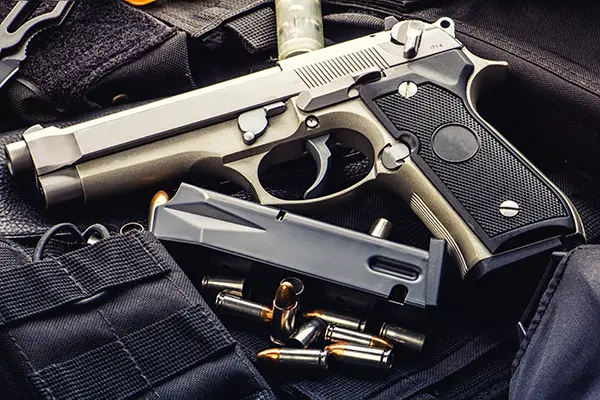Recognized Leader in Customized Firearms
MG Arms is known for their Custom Guns – Did you know we have a vast array of services available? MG Arms has been in business for over 35 years and staffs 14 gunsmiths and 2 CNC machinists with more than 200 years of combined experience in all types of gunsmith work.
Whether you are having a trigger job done on a S&W Model 19, having a complete restoration job done on your Grandfather’s old 22 or installing a new barrel on your favorite hunting rifle…MG Arms can do it all.
Gunsmithing and Repair Services
For all types of firearms, rifles, shotguns, AR’s, pistols, and revolvers. We can repair and replace broken parts to get your firearm working again. Obsolete parts are no longer an issue with CNC machinery capabilities.

Stock Department
Fiberglass, Kevlar, and AAA Wood selections. We not only form composite stocks for our custom builds but have the capability to form after-market composite stocks for most makes and models.

Finish & Coatings
We offer over Cerakote coatings with over 100 colors available. Also, “hot tank” Bluing, Parkerizing, and Teflon® Coatings. MG Arms can apply Cerakote to virtually any hard surface. This includes all types of metals and plastics.

Gunsmithing & Ammunition
Request a quote for our Gunsmithing and Ammunition
MGA’s Enhanced Services
Performance Boost*
MGA offers many services to improve your accuracy and performance. The most popular being our accuracy enhancing, lightweight Kevlar stocks made to each client’s specifications. Alternate enhancements include re-barreling, skeletonizing, fluting, porting, trigger jobs, muzzle brakes, scope mounting, re-chambering, to name just a few.
Enhance Appearance
Let MGA make your favorite rifle look new again. Metal PTFE finishing, nickel plating, bluing, ceramic coatings, hand checkering, logo embossing, and engraving. MG Arms is one of the very few custom houses that can provide exquisite 25 lines/inch hand checkering on exotic wood stocks.
Custom Ammunition
MG Arms can work up the optimal load for your favorite firearm and then will handcraft this ammunition just for you. MGA also will include all ballistics information to you as part of this package.
*Accuracy Package: Includes square & lap, bed & float, trigger job, re-crown (if needed) and a custom load work up.